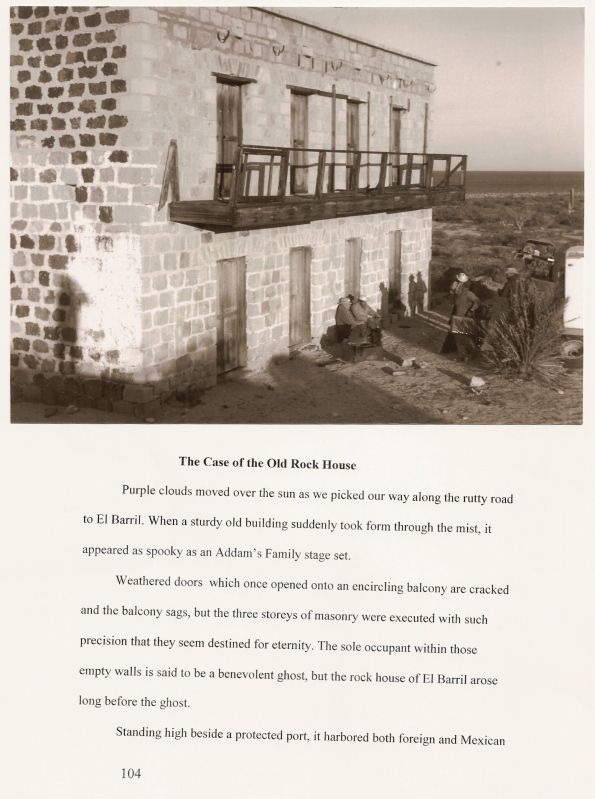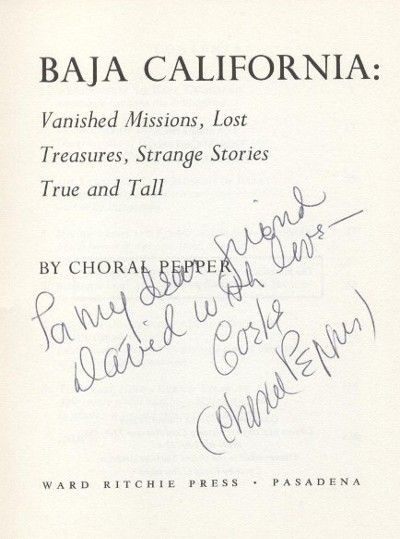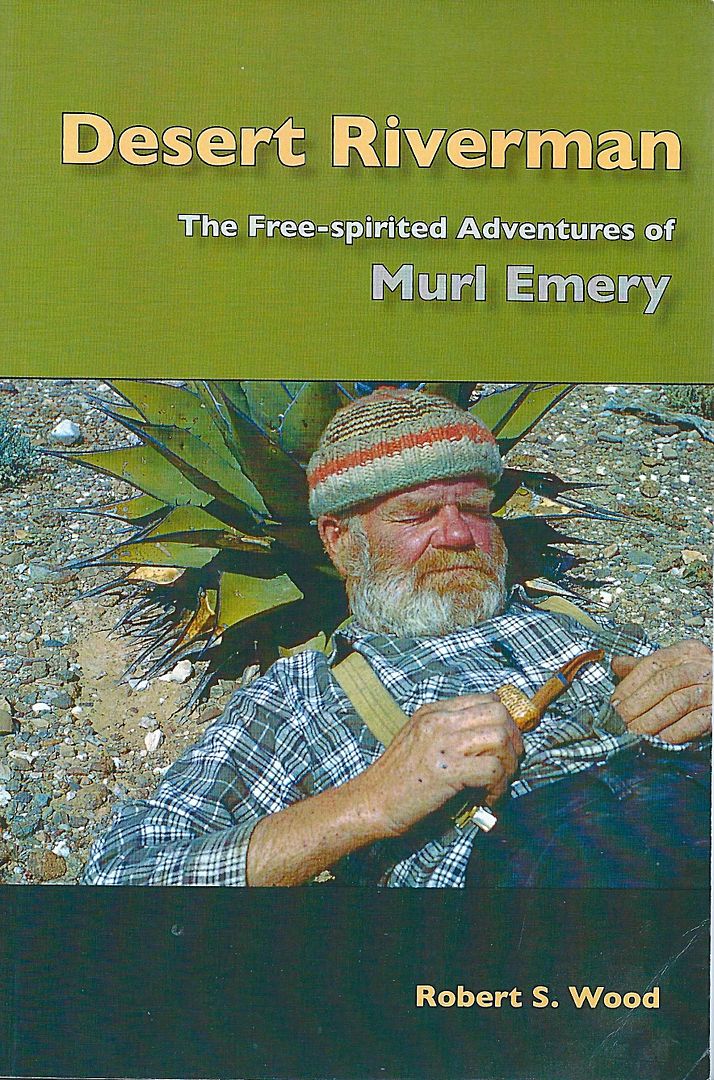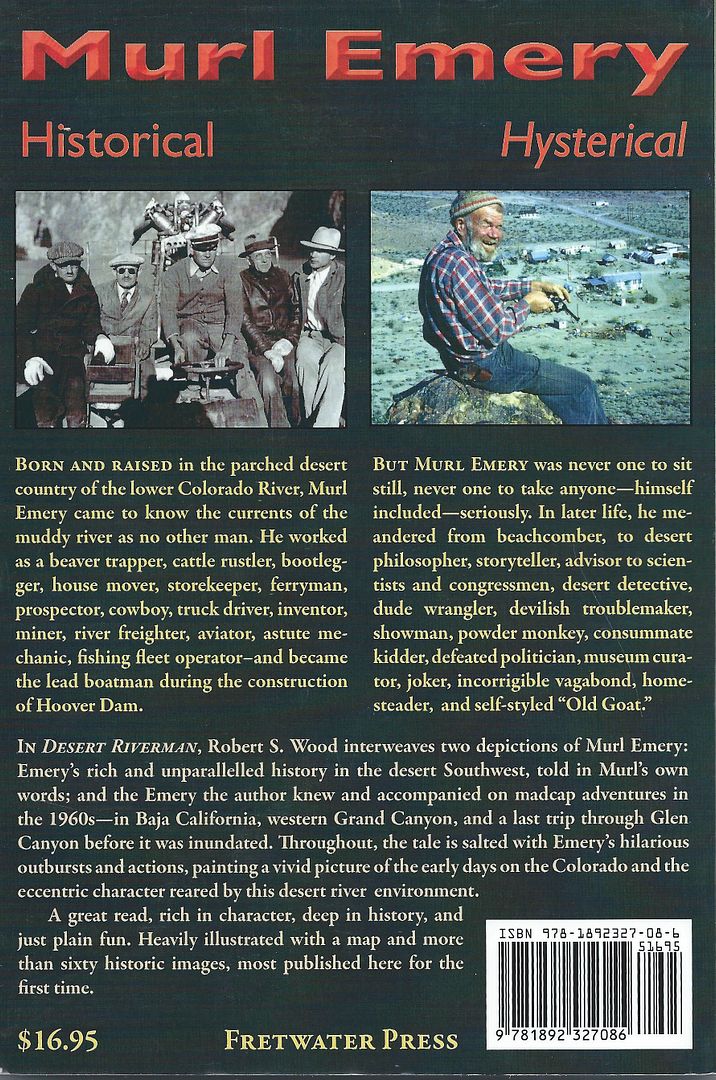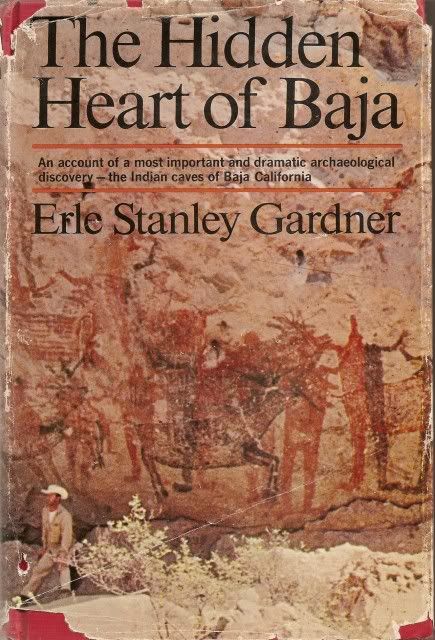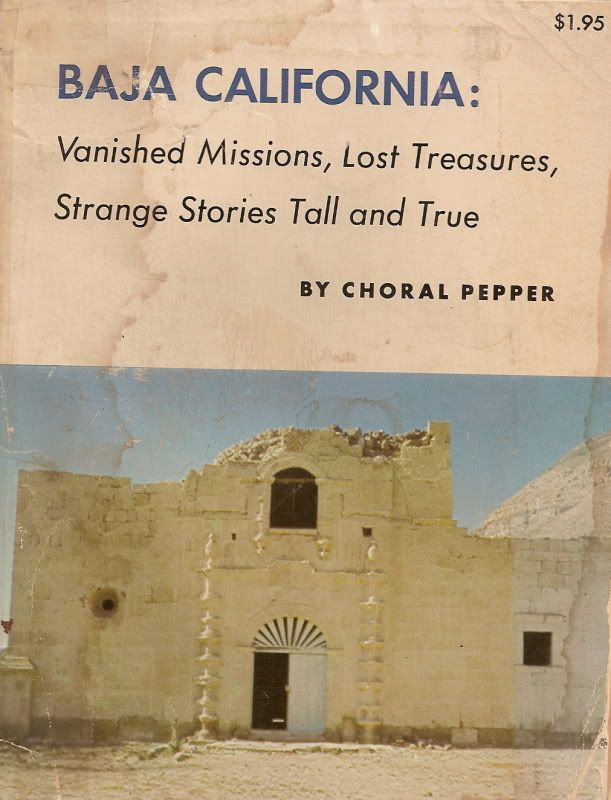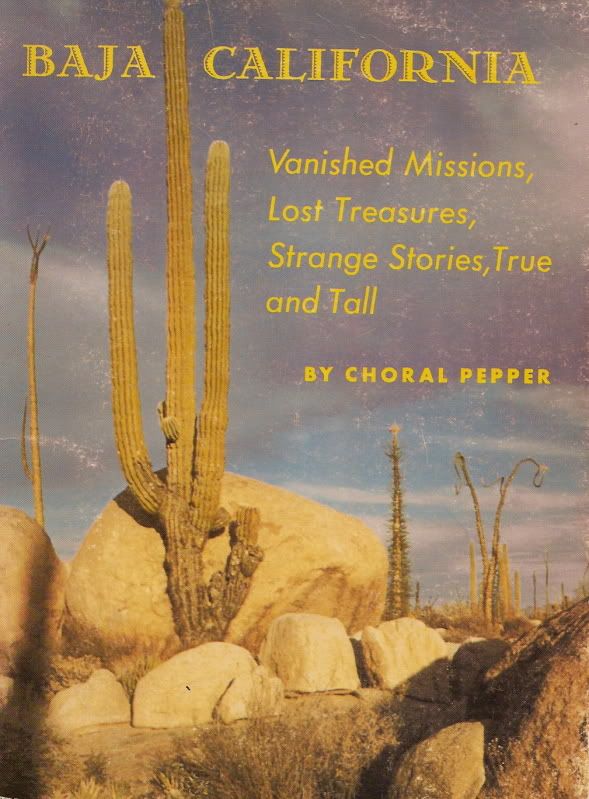Baja and Old California history are great for adventure stories and they just pull at me to head down and see these places in person as well as
research for more information on them. My mission book was so rewarding to produce in 2014-2016.
For the Choral Pepper fans, I have a newly discovered letter from 1964 from a Desert Magazine reader detailing a Jeep trip to San Ignacio that took a
month and included a mule ride to the rock art sites, not long after Erle Stanley Gardner "discovered" them.
I will share this letter with you all, soon!
|








